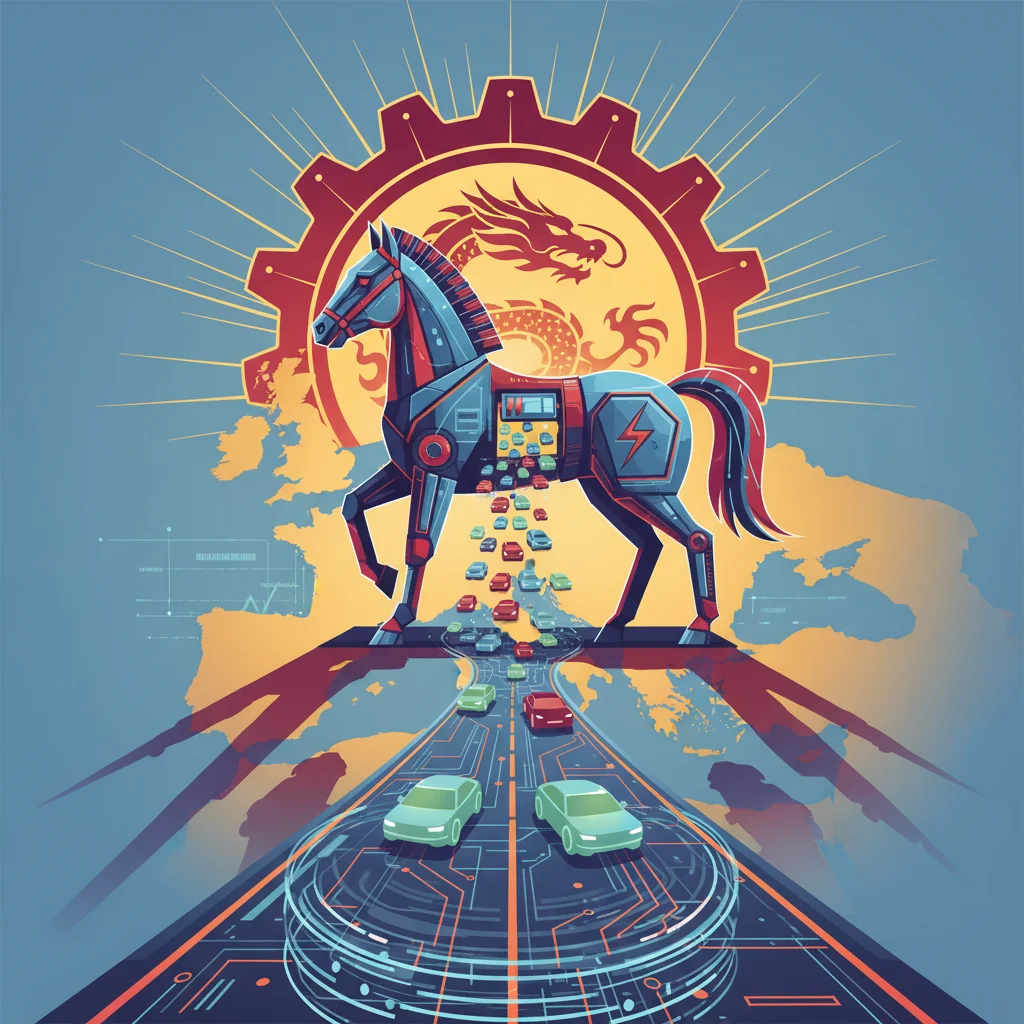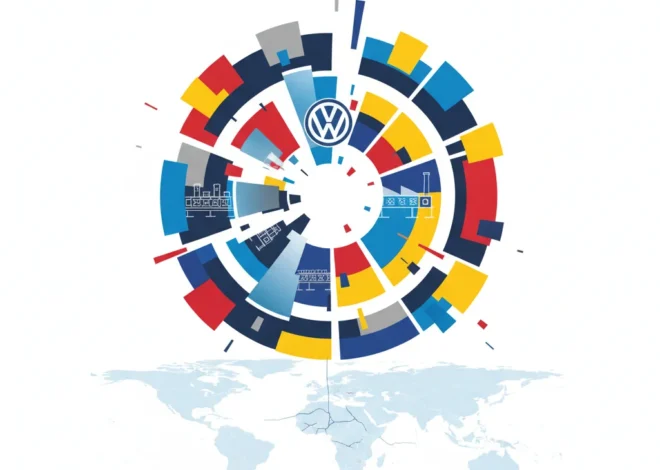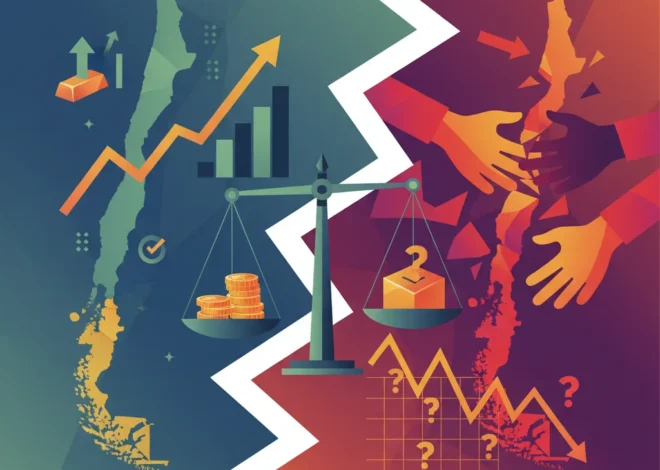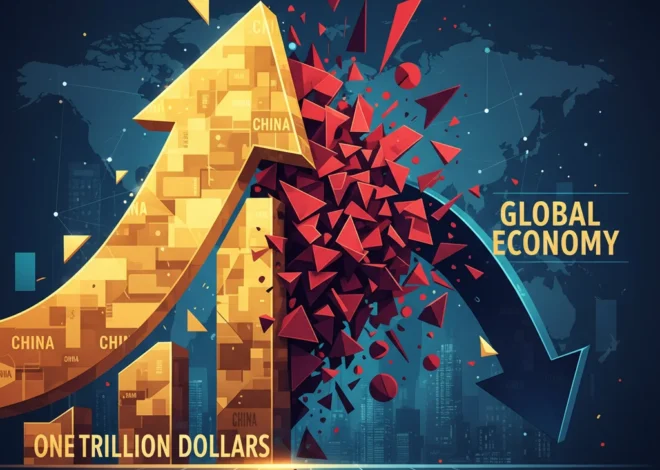
The Trojan Horse in Europe’s Driveway: Is China’s EV Juggernaut a Savior or a Slayer?
The Unsettling Warning from an Industry Titan
In the high-stakes world of global finance and industry, some warnings echo louder than others. When Carlos Tavares, the formidable former chief of automotive giant Stellantis, speaks, boardrooms from Detroit to Wolfsburg listen. His recent pronouncement is not just a cautionary tale; it’s a stark forecast for the future of Europe’s most iconic industry. According to Tavares, Chinese automakers are poised to execute a “Trojan horse” strategy that will, on the surface, ‘save’ European jobs, but ultimately, could devour their European rivals whole.
This isn’t just a story about cars. It’s a complex narrative weaving together global economics, investment strategy, and the shifting tectonic plates of industrial power. For investors, policymakers, and anyone with a stake in the global economy, understanding this dynamic is no longer optional—it’s critical. The battle for the future of the automobile is here, and it’s being waged on European soil.
The ‘Seductive’ Offer: Jobs Today, Domination Tomorrow?
Tavares’s “Trojan horse” analogy is potent. The strategy, as he outlines it, is brilliantly deceptive. Chinese electric vehicle (EV) manufacturers, such as BYD and Chery, are not just shipping cars to Europe; they are planning to build them there. They are scouting locations in Spain, Italy, and beyond, promising to construct state-of-the-art factories, hire local workers, and inject life into regional economies. For European politicians facing pressure to secure employment and transition to a green economy, this is an almost irresistible offer.
On the surface, it’s a win-win. Europe gets investment and jobs, and China gets a foothold in a lucrative market, bypassing potential import tariffs. But Tavares warns of the insidious long game. By localizing production, these companies can embed themselves within the European industrial fabric, gain access to supply chains, and build brand recognition—all while masking their fundamental competitive advantages. Once established, they can leverage their structural cost benefits to systematically undercut local competitors, leading to what Tavares grimly calls “a terrible fight.” The jobs they ‘save’ or create in the short term could be dwarfed by the jobs lost when legacy European automakers are forced to downsize or consolidate in the face of unbeatable competition.
Deconstructing the Chinese Cost Advantage
To understand the gravity of the threat, one must look beyond the factory gates and into the core economics of EV production. The price advantage enjoyed by Chinese automakers is not a myth; it’s a calculated result of strategy, scale, and state support. Tavares himself estimates this advantage to be around 25 per cent, a staggering figure in an industry where margins are notoriously thin.
This advantage is built on several pillars. Let’s compare the strategic models:
| Competitive Factor | Traditional European Automakers | Leading Chinese EV Automakers |
|---|---|---|
| Supply Chain | Often fragmented, reliant on multiple external suppliers (e.g., Bosch, Continental). | Highly vertically integrated. Companies like BYD produce their own batteries, semiconductors, and software. |
| Battery Technology & Cost | Reliant on partnerships with Asian suppliers (LG Chem, CATL). Playing catch-up on R&D. | Global dominance in battery production (CATL, BYD), controlling raw material processing and manufacturing. |
| Labor & Energy Costs | High, with strong union presence and stringent regulations. Higher energy prices. | Lower domestic labor and energy costs, which translates to cheaper components even for European assembly. |
| Software & Financial Technology | Legacy systems, often outsourcing software development. In-car payment and service integration is nascent. | “Software-defined vehicles” from the ground up. Seamless integration of e-commerce, streaming, and advanced fintech payment solutions. |
| Government Support | Regulatory support for EV transition but less direct industrial subsidization. | Decades of significant state subsidies, R&D grants, and favorable banking policies for the EV sector. |
This table illustrates a fundamental mismatch. While European companies are wrestling with legacy structures, Chinese firms are “digitally native,” built from the ground up for the EV era. Their control over the battery—the single most expensive component of an EV—is a checkmate-level advantage in the global chess game of automotive manufacturing.
The 0 Billion Ripple Effect: Decoding Global Market Shifts from Defense to Finance
The Darwinian Response: Consolidate or Collapse
Faced with this existential threat, European automakers have limited options, all of them painful. Tavares advocates for a “Darwinian” period of consolidation. The logic is simple: to compete with the scale and efficiency of their Chinese rivals, European players must become larger and more streamlined themselves. This could mean mergers, acquisitions, and deeper partnerships to pool resources for R&D, manufacturing, and supply chain management.
This path is fraught with challenges. Mergers in the auto industry are notoriously difficult, plagued by clashes of culture, national pride, and union opposition. Yet, the alternative may be worse. Tavares warns that without radical action, Europe risks ceding the affordable end of the car market entirely to Chinese brands, leaving legacy automakers to fight over a shrinking pool of premium customers. This would trigger a downward spiral of falling volumes, factory closures, and significant job losses—the very outcome that accepting Chinese investment was supposed to prevent. This potential for market upheaval is a major red flag for anyone investing in automotive stocks or related sectors in the European stock market.
The Maverick and the Megabank: Inside the Landmark Deal Redefining Japanese Finance
The Political Battlefield: Tariffs, Trade Wars, and Technology
The European Commission is not standing idle. It has launched an investigation into the subsidies propping up the Chinese EV industry, a move that could lead to the imposition of significant tariffs. The EU has already signaled it has evidence of direct state financial support, with officials suggesting tariffs could be imposed as early as July. This represents a major escalation in the economic friction between Brussels and Beijing.
However, tariffs are a double-edged sword. While they might level the playing field in the short term, they risk igniting a broader trade war. Beijing could retaliate with its own tariffs on European goods, from French luxury products to German machinery. Furthermore, European automakers like BMW and Mercedes-Benz are heavily reliant on the Chinese market for their profits, making them vulnerable to any punitive measures. Protectionism might protect the home front but could cripple the export-driven champions of the European economy.
This is where the conversation expands beyond traditional manufacturing into the realm of high technology. The modern car is a hub of data, connectivity, and digital services. Chinese firms are leaders in integrating financial technology (fintech) directly into the vehicle’s operating system, enabling seamless payments for charging, parking, and in-car purchases. Some analysts even speculate on the future use of blockchain for securing supply chain data and authenticating parts—a level of technological integration that many Western firms are still struggling to achieve. Losing the auto industry isn’t just about losing manufacturing; it’s about losing the race in applied artificial intelligence, data analytics, and next-generation banking and commerce platforms.
Titans, Trends, and Troubles: AI Warnings, Luxury Resets, and Banking's Billion-Dollar Ghost
The Investor’s Dilemma: Navigating the Disruption
For the finance and investing community, this unfolding drama presents both immense risk and potential opportunity. The warning from Carlos Tavares should serve as a signal to reassess long-held assumptions about the stability and profitability of the European automotive sector.
Key takeaways for consideration:
- Re-evaluate Valuations: Are the current stock market valuations of legacy European automakers accurately pricing in the long-term competitive threat from China?
- Identify the Survivors: Which companies are moving fastest to cut costs, vertically integrate, and develop compelling software? The ability to adapt will separate the winners from the dinosaurs.
- Watch the Supply Chain: The battle may be won or lost in the supply chain. Companies with secure, low-cost access to batteries and key components will have a significant advantage. Investing in key suppliers could be a shrewder move than betting on the automakers themselves.
- Monitor Policy: The outcome of the EU’s tariff investigation will be a pivotal moment. The level of protectionism adopted will have a profound impact on the entire sector’s profitability and trading relationships.
The road ahead for the European auto industry is treacherous. The “Trojan horse” is no longer at the gates; it’s being welcomed into the city square. The decisions made in the coming months by corporate leaders and policymakers will determine whether this marks the beginning of a revitalized, competitive European industry or the start of its slow, painful decline. For now, the only certainty is that the era of comfortable dominance is over.


